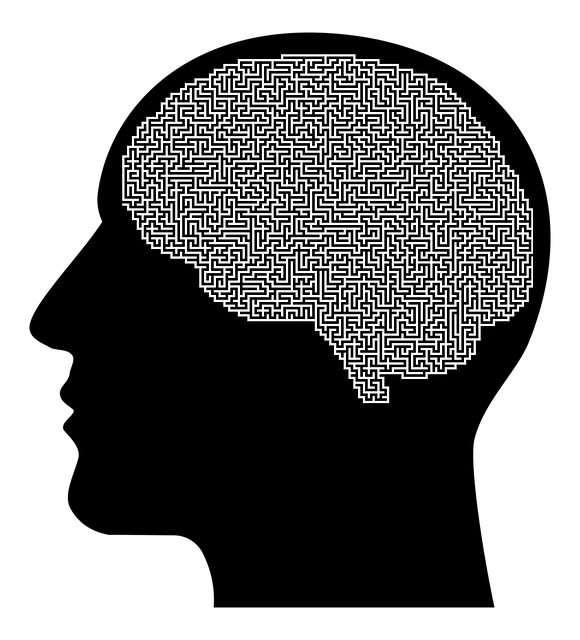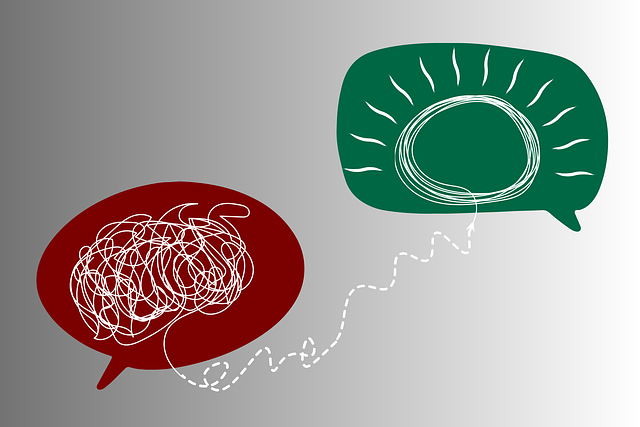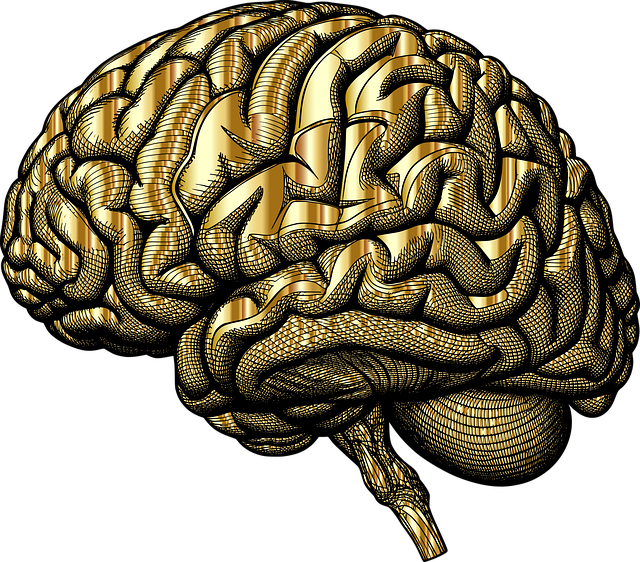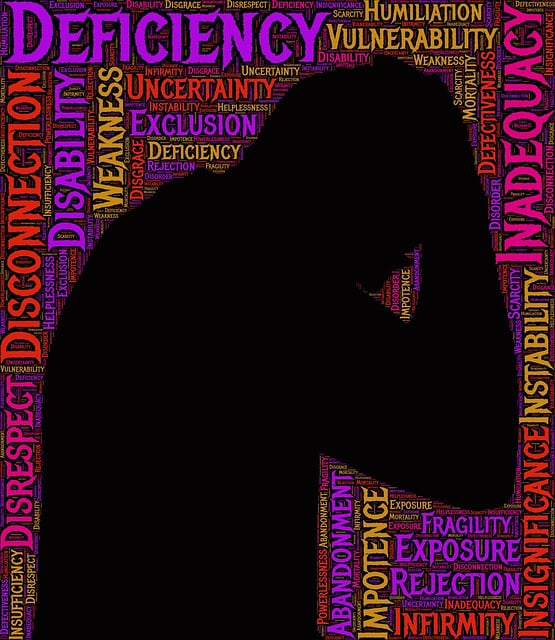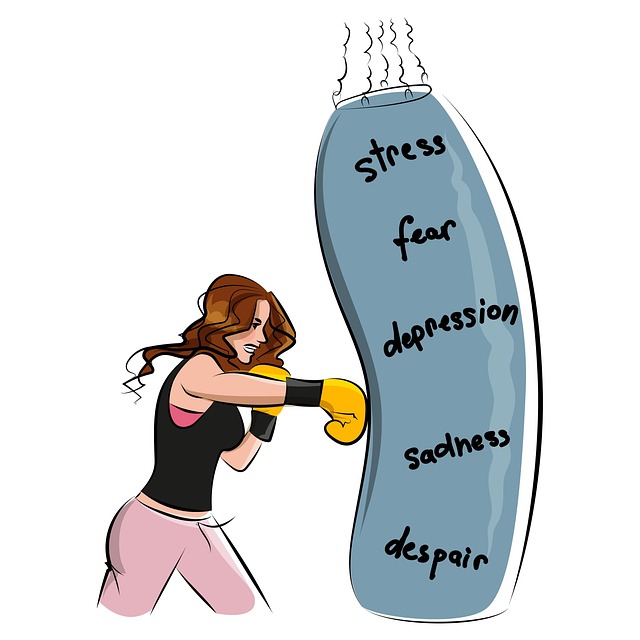Broomfield Panic Disorder (BPD) is an anxiety disorder characterized by sudden, intense panic attacks with physical symptoms. Diagnosis involves a mental health professional's evaluation, including personal history and physical causes. Early intervention using Anxiety Attacks Therapy, combined with trauma support and wellness coaching, prevents complications like depression and improves daily functioning. Effective treatment includes Cognitive Behavioral Therapy (CBT) to identify and challenge negative thought patterns, plus mindfulness meditation for stress management. Support groups, Mental Wellness Journaling, and Positive Thinking techniques also aid recovery.
“Uncovering solutions for managing mental health challenges, this article offers a comprehensive guide to navigating Broomfield Panic Disorder and its associated anxiety attacks. Understanding the distinct symptoms and diagnosis of this often-misunderstood condition is the first step towards recovery. We explore various treatment options, emphasizing personalized therapy approaches for effective anxiety management. Additionally, we provide valuable resources and strategies to support individuals on their journey to mental wellness, focusing on Broomfield Panic Disorder and Anxiety Attacks Therapy.”
- Understanding Broomfield Panic Disorder: Symptoms and Diagnosis
- Navigating Treatment Options for Effective Anxiety Attack Management
- Support Resources and Strategies for Successful Recovery Journey
Understanding Broomfield Panic Disorder: Symptoms and Diagnosis

Broomfield Panic Disorder (BPD) is a specific type of anxiety disorder characterized by recurrent and unexpected panic attacks. These attacks are intense periods of fear or discomfort that reach their peak within minutes, and can include symptoms like rapid heartbeat, sweating, trembling, shortness of breath, and feelings of losing control or impending doom. While the exact causes of BPD aren’t fully understood, it’s believed to involve a complex interplay of genetic predisposition, brain chemistry, and environmental factors, including traumatic life events.
Diagnosis for Broomfield Panic Disorder typically involves a comprehensive evaluation by a qualified mental health professional. This process often includes a detailed review of symptoms, personal history, family medical history, and sometimes, physical examinations to rule out other potential causes. The diagnosis is made when an individual experiences at least two unexpected panic attacks, along with persistent concern or fear about having additional attacks, significant changes in behavior due to the attacks, or impairment in daily functioning. Early intervention using Anxiety Attacks Therapy, combined with Trauma Support Services and Mental Wellness Coaching Programs Development, can be crucial in managing BPD symptoms effectively and preventing complications like Depression Prevention.
Navigating Treatment Options for Effective Anxiety Attack Management

Navigating treatment options for effective anxiety attack management is a crucial step for individuals living with Broomfield Panic Disorder and Anxiety Attacks. The first step involves seeking professional help from qualified mental health therapists who specialize in cognitive-behavioral therapy (CBT), a highly effective approach for treating panic disorders. CBT helps individuals identify and challenge negative thought patterns contributing to their anxiety, teaching them coping skills to manage symptoms during attacks.
Additionally, integrating mindfulness meditation practices into one’s routine can significantly enhance overall mental health education programs design. Coping skills development through these programs equips individuals with strategies to recognize triggers, manage stress, and promote calmness. Combining CBT and mindfulness meditation has been shown to reduce anxiety attack frequency and intensity, leading to improved quality of life for those navigating their mental health journey.
Support Resources and Strategies for Successful Recovery Journey

Navigating a mental illness diagnosis can be daunting, but there are numerous support resources and strategies available to aid in the recovery journey. For individuals facing Broomfield Panic Disorder and Anxiety Attacks, therapy plays a pivotal role in managing symptoms and improving overall mental wellness. Cognitive Behavioral Therapy (CBT), for instance, has proven effective in treating anxiety disorders by helping patients identify and change negative thought patterns and behaviors.
In conjunction with professional therapy, incorporating practices like Mental Wellness Journaling Exercise Guidance can provide valuable insights into one’s emotions and experiences, fostering self-awareness and personal growth. Additionally, cultivating Positive Thinking through techniques such as mindfulness meditation or engaging in activities that bring joy can significantly contribute to burnout prevention and overall mental resilience. Support groups and community resources also offer a sense of belonging and practical guidance, ensuring individuals don’t feel alone in their struggle towards recovery.
Mental health journeys are unique, but understanding and navigating Broomfield Panic Disorder and its associated anxiety attacks is achievable. By recognizing symptoms and seeking professional help, individuals can effectively manage their condition. The article has provided insights into the diagnostic process and various treatment options, emphasizing the importance of personalized strategies. With access to support resources, those facing Broomfield Panic Disorder can embark on a path to recovery, finding tools that cater to their specific needs. Remember, with the right guidance, anxiety attack therapy can be transformative, enabling individuals to regain control and lead fulfilling lives.
